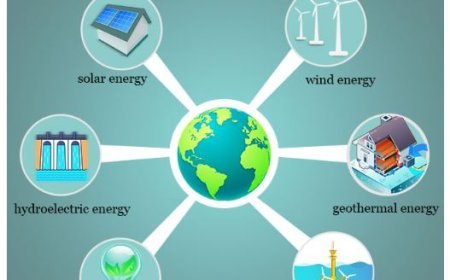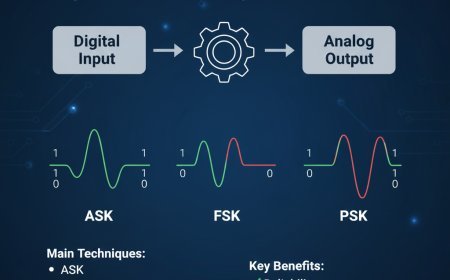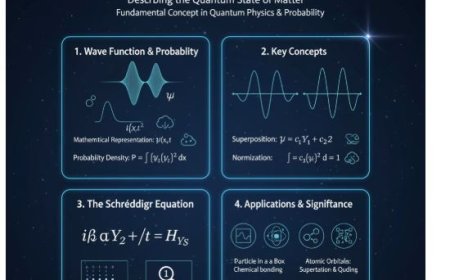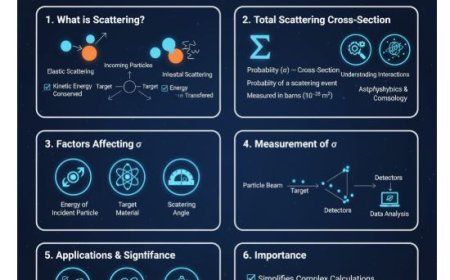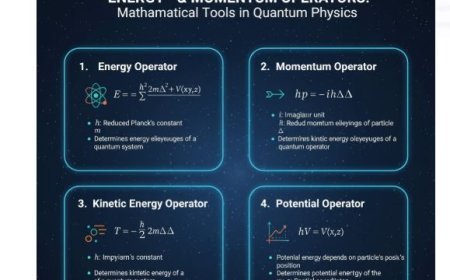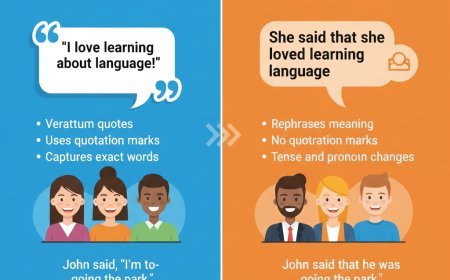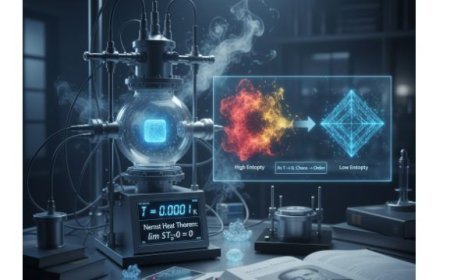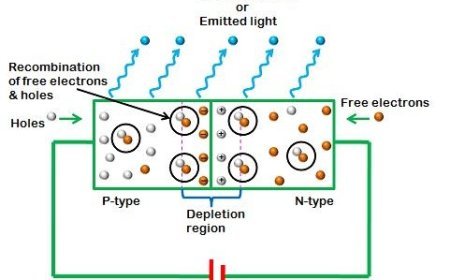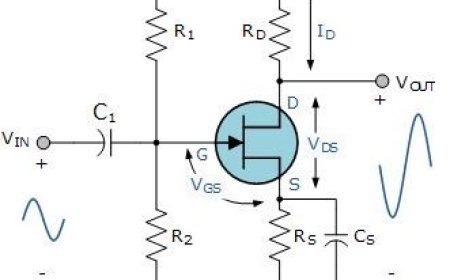The Hydrogen Atom: Structure, Energy Levels, and Quantum Properties
The hydrogen atom, made up of one proton and one electron, is the simplest and most fundamental atom in the universe. Its structure provides the foundation for quantum mechanics and atomic physics. The hydrogen atom exhibits quantized energy levels, where electrons occupy discrete orbitals such as 1s, 2s, and 2p. The four quantum numbers—principal (n), azimuthal (l), magnetic (m), and spin (s)—define each electron’s state. Transitions between energy levels produce distinct spectral lines, including the Lyman, Balmer, and Paschen series. Understanding the hydrogen atom is key to exploring atomic spectra, electron spin, and wave–particle behavior in quantum systems.

The Hydrogen Atom
- One proton and one electron make up the hydrogen atom, which is the smallest and simplest atom in the world.
- And even though it's very simple, the hydrogen atom is very important for understanding the basic ideas of physics, especially quantum mechanics.
How the Hydrogen Atom is Put Together
- There are two main parts that make up a hydrogen atom:
- Proton:
-
-
- The proton is the centre of the hydrogen atom and has a basic charge of 1.
- The centre of the atom holds this thing, which has a mass of about 1 atomic mass unit (amu).
-
- Electron:
-
-
- The electron is a particle with a negative charge that moves around the proton.
- The mass of this particle is about 1/1836 that of the proton, and it has an elementary charge of -1.
-
Levels of Energy in a Hydrogen Atom
- In quantum physics, the energy states of the hydrogen atom are one of the most important ideas.
- There are quantized energy levels, which means that an electron can only be in certain energy states. The following words describe the energy levels:
- Ground State:
- The hydrogen atom's ground state has the least amount of energy, with the electron in the 1s orbital.
- Excited States:
- These are states with more energy and an electron in a higher orbital, like 2s, 2p, 3s, and so on.
Ionisation Energy
- Ionisation energy is the energy needed to take an electron off of a hydrogen atom, which makes a proton.
Numbers of Quantum
- Quantum numbers are used to talk about the hydrogen atom's energy levels and orbitals.
- These are the four quantum numbers:
-
- The principal quantum number (n) tells us how much energy an electron has.
- The azimuthal quantum number (l) shows how the orbital is shaped.
- Magnetic Quantum Number (m) shows how the spiral is orientated in space.
- The spin quantum number (s) tells us about the electron's natural spin.
In Orbits
- Around the nucleus, orbitals are the places where the electron is most likely to be found.
- The azimuthal quantum number (l) describes the orbitals, which are broken down into the following groups:
- s-orbitals: They are round
- p-orbitals: Shaped like dumbbells
- d-orbitals: Shaped like a four-leaf clover
- f-orbitals: Unique shapes
Spin of Electrons
- Electron spin is one of the most basic properties of electrons; it describes their rotational motion.
- Because there are two different spin states, the spin quantum number (s) can have two values:
- +1/2
- -1/2
Spectrum of Hydrogen Atoms
- The hydrogen atom spectrum is the set of colours of light that the hydrogen atom gives off or takes in as it changes energy levels.
- These things describe the spectrum:
- Lyman Series: Changes from higher energy levels to the base state
- The Balmer Series: Shows changes from higher energy levels to the 2s orbital
- Third Palen Series: Changes from higher energy levels to the 3s circular
What's Your Reaction?









